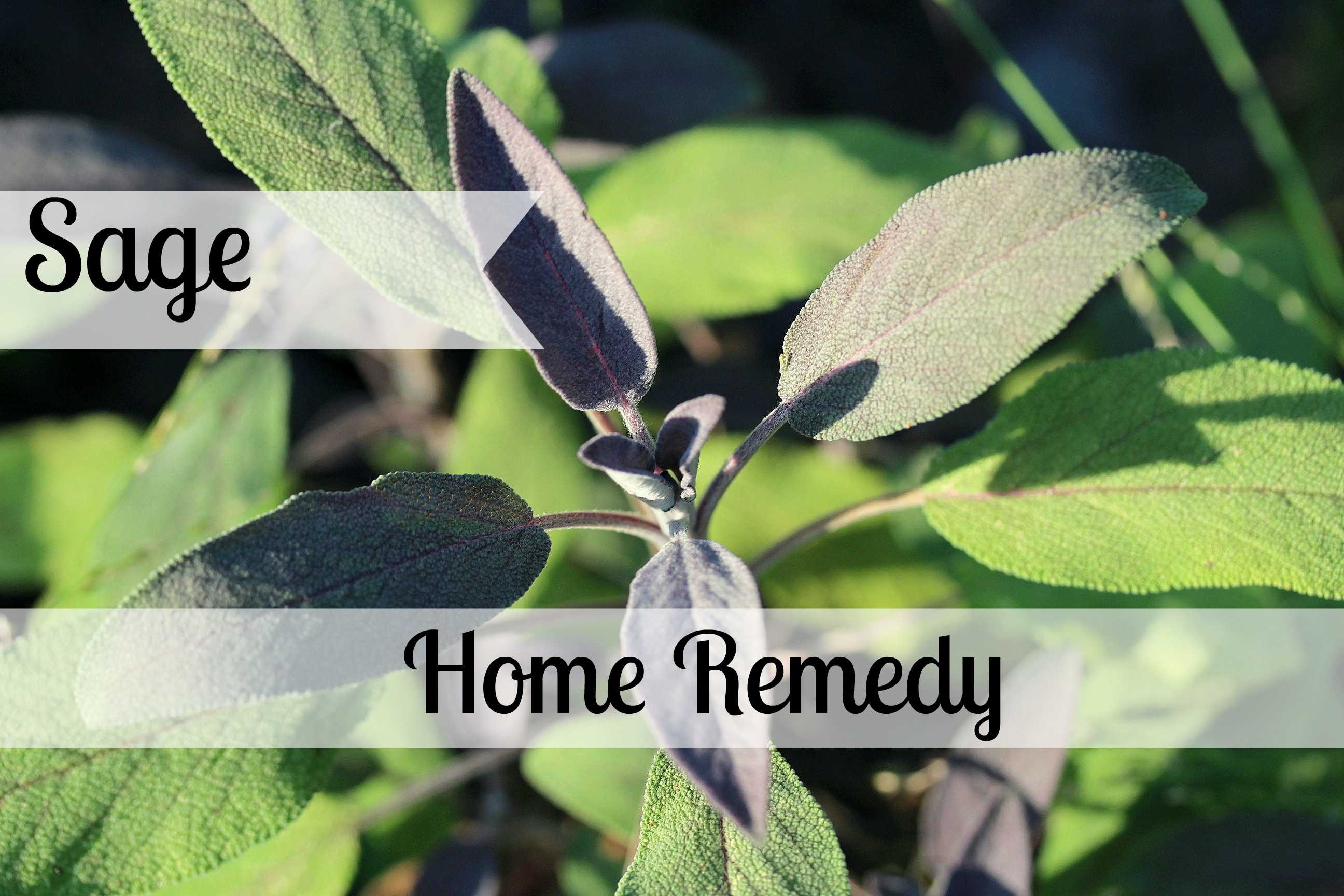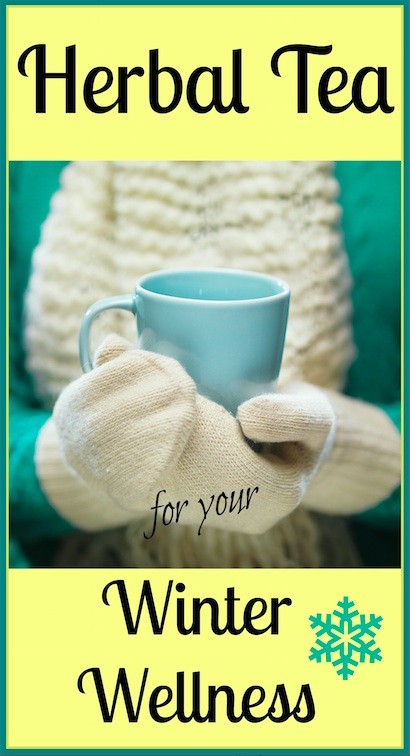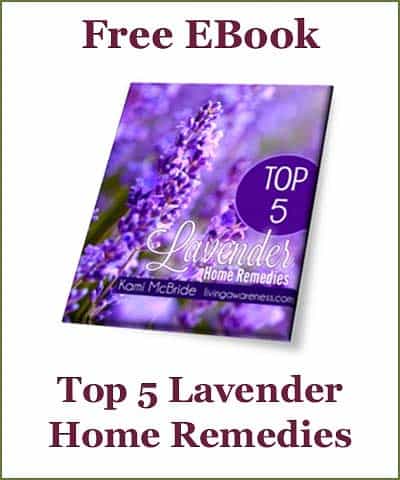Winter is here.
Along with the celebrations, the holidays herald in cold and flu season.
Preventing and limiting the duration of colds and flu is a household art that has a big impact, especially when it comes to avoiding the use of antibiotics for winter sicknesses.
The Growing Issues with Antibiotics
Antibiotics are only effective against bacterial infections, not viral infections. Even though we know that, many doctors still prescribe antibiotics for viral infections.
Medical journals around the world have devoted article after article to this current crisis in antibiotic resistance. The excessive inappropriate use of antibiotics is mostly to blame for this crisis.
Many medical experts are advocating that we stop using antibiotics for the more common infections and save them to use on occasion for life-threatening infections.
Hospitals are now issuing statements in their membership newsletters about how taking antibiotics can increase your chance of later being infected with resistant bacteria that antibiotics cannot kill.
Pharmaceutical antibiotics go into the body and kill not only the pathogenic bacteria that may be making you sick but it also kills the hundreds of beneficial bacteria that help you do many things such as digest and assimilate your foods. When you kill your beneficial bacteria with antibiotics you become more susceptible to future illness.
Herbal Remedies Offer a Solution
Herbs offer us a solution. Let’s use herbs for viral and less serious problems. We can use fewer antibiotics and save them for when they are needed for more serious infections. This will support the possibility of having effective antibiotics available for life-threatening infections.
Herbs that have antibiotic activities only kill pathogenic bacteria and do not harm your beneficial bacteria. Many herbs help with viral infections as well as with bacterial infections whereas pharmaceutical antibiotics will not help treat a viral infection that causes a cold or flu.
One of my favorite anti-biotic herbs is Sage (Salvia officinalis). It is an herb that most people have in their herb and spice rack and it is very easy to grow.
There are many beautiful Salvias (sages) grown for their colorful flowers that attract butterflies and hummingbirds. These salvias are not your medicinal varieties of Salvia. When purchasing Salvia to be used for medicinal purposes make sure that it is Salvia officinalis; yes good old turkey stuffing, garden Sage. Sage has been cultivated for centuries in Europe for its medicinal, antibiotic properties.
The Gifts of Sage
Sage is antibacterial and antiviral. It helps rid the body of bacterial and viral infections. Sage is especially good for upper respiratory and throat infections. It is a great decongestant for a stuffy nose and head cold. Sage also has astringent properties that help with sore throats.
You can drink two or three cups of strong tea a day for a week or do a steam inhalation. Sage tea is not for long-term use. We drink sage tea at the onset of a cold and use for one week.
Sage steams work wonders on rhinitis, congestion and inflamed sinuses.
The next time you feel a head cold coming on or you have so much snot you don’t know what to do, drink some sage tea and try a sage steam.
Sage Tea
Ingredients
- 1 quart water
- 4 tablespoons dried sage
Instructions
- Put water and sage into a pot with the lid on
- Bring water and sage to a boil then turn off the heat and let sit for one hour
- Using a fine mesh, metal strainer, strain out the sage and re-heat the tea
This recipe for Sage Tea can be used in many ways.
1) Drink it as described.
2) Make 3 quarts of tea and put it into your bath to help prevent colds.
3) Use it as a steam inhalation, but putting the hot tea in a pot, cover your head with a towel and lean over the pot. Breathe in the steam of the sage tea. Only do what is comfortable for your skin and don’t burn yourself. This is a helpful remedy for coughs, colds and a runny nose.
Children can do this steam, but an adult has to be with them to help them navigate not burning themselves with the hot tea or the steam.






Hi everyone, it’s my first pay a visit at this site, and post is actually fruitful in support of me, keep up posting such content.
[…] I use herbs in my every day life for just about everything. I use them to flavor the foods I cook and to keep my family and I feeling our very best. My favorite herbs to use are basil, thyme, and sage. They all have such strong and wonderful flavors that I couldn’t imagine not using them! In fact, for dinner tonight I’m planning on making sage chicken which is one of my family’s favorites. We simply toss a whole chicken in the crock pot with a bunch of sage leaves and some salt, pepper, and garlic powder and… Read more »
[…] 6-Sage: Home Remedy for Your Winter Wellness at Living Awareness […]
[…] Sage: Home Remedy for Your Winter Wellness ~ Living Awareness […]
[…] will have to keep this tea in my remedies file for the winter. Click here on Living Awareness for recipe and directions. You can also use this tea in your bath or a steam […]
[…] will have to keep this tea in my remedies file for the winter. Click here on Living Awareness for recipe and directions. You can also use this tea in your bath or a steam […]